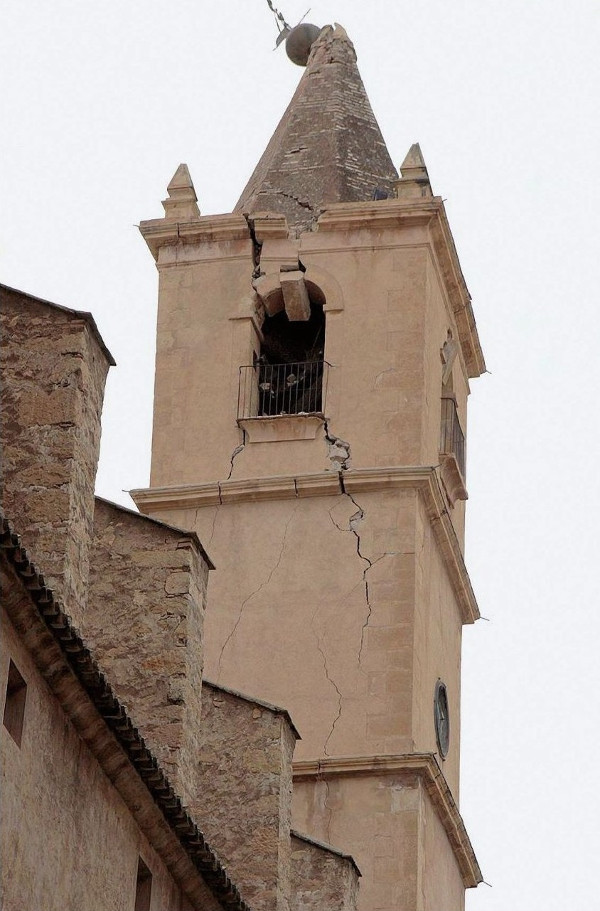Baile y cine: Mariemma en la Bolera de la danseuse espagnole (1943)
Abstract
The particular role that Mariemma (Guillermina Martinez Cabrejas, Valladolid 1917 - Madrid 2008) played in the identity ofSpanish Dance through the Civil War merits investigation due to the numerous elements that molded her life as ballerina, choreographer, and instructor. With this in mind, previously unknown documents have been disclosed that allow verifcation of the acceptance, the formal context, and the repertoire in which Mariemma develops her artistic career from Spain (1940) and through her childhood years in Paris (1920 - 1939). These dates have passed unnoticed because they pertain to the immediate years following the SpanishCivil War and chronologically coincide with the artistic beginnings of the ballerina. Moreover, the artistic accomplishments of the Mariemma have been given minimal attention on having remained buried in the confnes of the library or in the vast cinematographic industry. At any rate, Mariemma's style and characteristics have left an indelible mark on the delightful union between dance and film, especially to the point of touching on one of the most authentic forms of Spanish Dance: the Bolero School.Downloads
-
Abstract364
-
PDF (Español (España))218
1. The authors non-exclusively assign the exploitation rights (reproduction, distribution, communication and transformation) to the magazine.
2. The works published in this magazine are subject to the Attribution-ShareAlike 4.0 International license (CC By SA 4.0). Therefore, they can be copied, used, disseminated, transmitted and publicly displayed, provided that:
i) the authorship and the original source of its publication (journal, editorial and URL of the work) are cited, thus allowing its recognition.
ii) it is allowed to remix, transform or create from the material while maintaining the same license as the original.

3. Self-archiving conditions. Authors are allowed and encouraged to electronically disseminate the pre-print (version before being evaluated) and/or post-print (version evaluated and accepted for publication) versions of their works before publication, as it favors their publication. Earlier circulation and diffusion and with it a possible increase in its citation and reach among the academic community. Color RoMEO: verde.






















